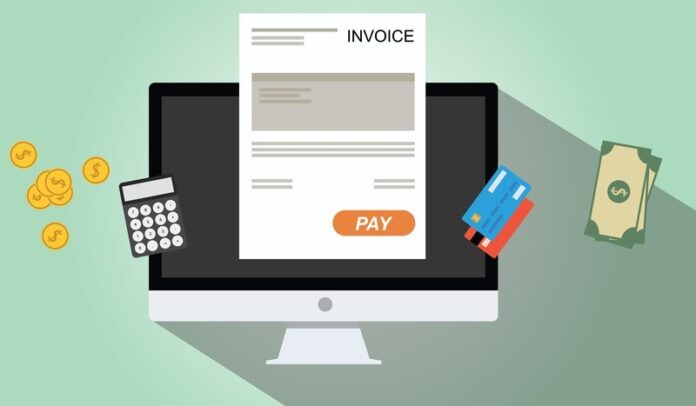Automated billing allows you to put everyday billing tasks on autopilot, boosting billing efficiency and speed. Although automating a billing system is labor-intensive, the advantages far outweigh the disadvantages. You should think about switching if you are still using manual billing procedures. Continue reading to discover methods you may use to automate your billing process which are listed below:
Choose the Best Billing Automation Software:
The first crucial step in automating your billing process is choosing the appropriate billing software. In order to determine your main billing pain issues, start by evaluating your internal workflows and metrics. The next step is to look into automated billing solutions and choose store management software to meet your needs. Regardless of how complex your billing procedures are, the correct billing software will enable you to automate them quickly.
Configure electronic billing:
Your manual billing procedure can be more expensive than you believe. Setting up electronic invoicing should be one of your initial billing system automation actions if your company is still sending paper invoices. Your team’s time creating, mailing, and tracking paper invoices should be spent on more productive work. Manual invoicing needs to be timelier and more updated. You can recoup that time with the use of automated electronic invoicing. The majority of manual data entry is eliminated by automated invoicing systems, guaranteeing proper billing of clients.
Launch a payment portal for customers:
After automating your invoicing procedure, you can use a self-service portal to concentrate on automating payments. Customers may instantly pay bills, check balances, manage subscriptions, and update their personal information using online payment gateways. Increased on-time payments result from a streamlined customer experience. Your accounts receivable team will spend less time validating and processing costs and answering inquiries as more customers use your self-service payment portal. Please find out how they shortened the invoice-to-cash cycle and helped automate the billing process using online customer portals.
Create Billing Performance Reporting Dashboards:
It might be challenging to produce and keep up-to-date reports that are correct when your company uses manual billing systems. Your team may need to dedicate hours or even days to report. In order to get timely information, labor-intensive reporting tasks are handled by automated billing solutions. Take your reporting requirements into consideration when installing a billing automation solution. The shop management app uses the chance to create intelligent dashboards that let you quickly track crucial KPIs and consumer information.
Notes on Schedule Billing:
A suitable payment reminder mechanism should be programmed as you automate your billing system. Even though a bill may state payment terms in plain detail, clients occasionally neglect to make timely payments. While email is a valuable tool for chasing down unpaid invoices, accounts receivable teams waste time manually managing reminder schedules and following up with customers. Instead, an automated billing system can handle these tasks efficiently and ensure that reminders are sent to clients on time so that you get paid more quickly.
Bottom line:
The accounts receivable billing process can be managed and streamlined with the help of Invoiced billing software. You may extend your billing capabilities using our platform’s cutting-edge features, including automatic billing, online billing portals, and subscription billing. This will enable you to be paid more quickly and with less work.


















